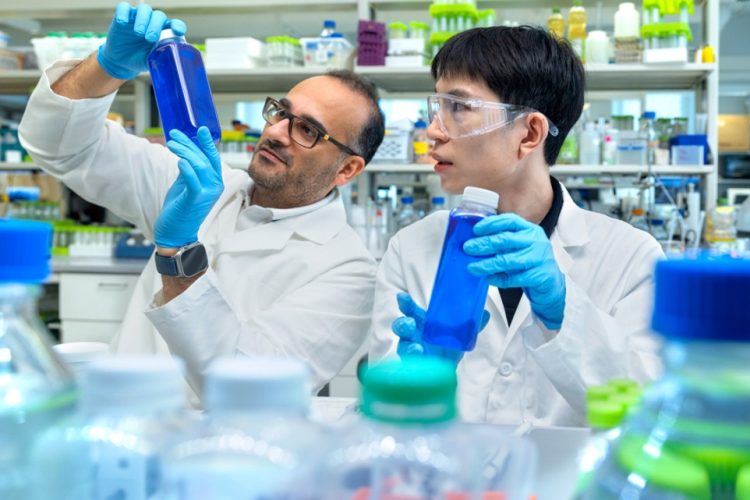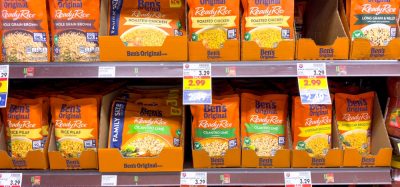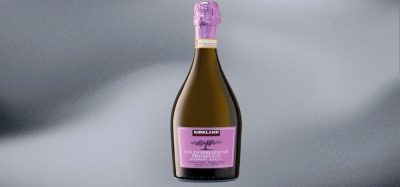Cornell scientists develop algae-based blue dye to replace synthetic food colourants
Posted: 7 August 2025 | Ben Cornwell | No comments yet
The new algae-derived blue dye offers food producers a vibrant and stable alternative to synthetic colourants and emulsifiers.


Alireza Abbaspourrad, left, the Yongkeun Joh Associate Professor of Food Chemistry and Ingredient Technology, and Qike Li work in Abbaspourrad’s lab. Credit: Sreang Hok/Cornell University
Food scientists at Cornell University have developed a natural blue food dye from algae protein that could offer a stable and vibrant alternative to synthetic colourants.
Published on 24 July in Food Hydrocolloids, the study reveals how phycocyanin (PC), a protein derived from spirulina algae, has been developed into a functional, clean-label ingredient capable of replacing both artificial dyes and emulsifiers in food formulations.
Qike Li, lead author and a doctoral candidate in the lab of Professor Alireza Abbaspourrad, said:
Consumers don’t want artificial ingredients in their food.
They want something healthier and more natural. Specifically, they want to see a ‘clean label,’ which is a major reason we have chosen to work to increase the functionality of phycocyanin as a colorant and emulsifier.”
The challenge with phycocyanin has long been its lack of stability, as it is sensitive to heat during processing and to light during storage. To address this, the Cornell team broke the protein into smaller, more uniform particles using a denaturant. These new structures showed improved emulsifying properties while maintaining a vibrant blue colour.
To analyse the modified protein, the researchers used small-angle X-ray scattering (SAXS), a technique that allows them to study molecular structures at the nanoscale.
Professor Abbaspourrad, who is the Yongkeun Joh Associate Professor of Food Chemistry and Ingredient Technology in the College of Agriculture and Life Sciences, said:
It’s like using a magnifying glass to see and understand changes in protein structure.
Our aim is to increase the functionality of phycocyanin as a colorant, emulsifier and antioxidant, so that on the list of ingredients, it could replace multiple synthetic items.”
Industry push for alternatives
The development comes at a pivotal time. Several US states have introduced legislation to ban synthetic dyes such as Blue No. 1, Blue No. 2 and Red No. 40, citing health concerns. Earlier this year, US Secretary of Health and Human Services Robert F. Kennedy Jr. announced a plan to phase out many artificial dyes from food and medicines by the end of 2026.
In parallel, the US Food and Drug Administration (FDA) has approved a number of natural alternatives, including gardenia blue, calcium phosphate, galdieria extract blue and butterfly pea flower extract. However, creating a true natural blue dye remains a scientific challenge, as blue pigments are rare in nature. The blue seen in the sky or on butterfly wings is often due to structural light reflection rather than pigment.
Crude protein extracts of spirulina, where PC is a key component, are increasingly being studied and incorporated into foods. PC is already used as a substitute for artificial blue colouring in M&Ms. But the Cornell team believes its enhanced version of PC offers greater functionality and broader commercial potential.
The team’s next step is to scale up production in partnership with industry, bringing this colourant closer to commercial use.









